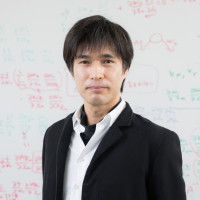Origin of Diverse Response Patterns in Signal Transduction - Determining Response Properties by Integrating Experiment and Theory
The ERBB family of receptors, consisting of ERBB1, ERBB2, ERBB3, and ERBB4, is a group of receptors that receive external signaling molecules. When the ERBB receptors receive signaling molecules, they bind to one another and induce phosphorylation reactions, leading to macroscopic responses such as cell proliferation and differentiation. However, it is difficult to measure the details of the binding and phosphorylation reactions of the ERBBs, and it has not been known how the various responses to signals are produced.
In this study, we conducted experimental measurements using cells with various compositions of ERBBs and multiple signaling molecules and constructed a mathematical model, which incorporates all possible reactions of ERBBs. By applying the mathematical model, we succeed in explaining and predicting the experimental results on phosphorylation responses. Furthermore, we identified the reactions that play an essential role in the diversity of the phosphorylation responses. Our findings may allow us to control cell responses such as proliferation and differentiation in the future.
For more details, please see the press release article from Kyoto University at related links.
Reference
- Takashi Okada, Hiraku Miyagi, Yasushi Sako, Michio Hiroshima, Atsushi Mochizuki, Origin of diverse phosphorylation patterns in the ERBB system, Biophysical Journal 121, 1–11 (2022), doi: 10.1016/j.bpj.2021.12.031


